According to World Health Organization (2021), the term Rehabilitation is defined as ‘A set of interventions designed to optimise functioning and reduce disability in individuals with health conditions in interaction with their environment.’ Research has shown that 2.4 billion individuals living with a health condition benefit from some type of rehabilitation (Cumberland, 2020).
In basic terms, rehabilitation helps any individual recover from any type of injury or sickness and allows them to complete everyday tasks or activities and facilitates participation in work, social aspects and meaningful life duties.
There are 4 different stages of rehabilitation that are important to know about and follow.
1. The Recovery stage – This stage is considered the most important stage of rehab and can sometimes be called the longest depending on how serious the injury or illness was. The main goal of the recovery stage is to rest, recover and allow the body to heal. It is important to be patient in this stage and not return to exercise too early as this could lead to further injury and take longer to recover.
2. The Repair Stage – After the body has done its thing and the healing has finished, after consulting with your GP or doctor, the next stage is where you regain mobility and movement. The main goal of this stage is to work the body back to the pre-injury state of range of motion (ROM). Activities of high importance include soft tissue and gentle ROM exercises as well as flexibility exercises to prevent the aggravation of the injury and any long-term effects.
3. The Strength Stage – Once the body has recovered all its ROM and flexibility back or as close as possible, it is vital in most cases to recover the strength lost and restore the muscle lost from the injury/illness. During the rest and recovery period of rehabilitation, the muscles become weak which leads to them wasting away which in science terms is called muscle atrophy. By utilising resistance training and endurance exercises, the body can reduce and minimise the effects of muscle wastage and return to the strength and endurance it was previously at.
4. The Function Stage – The last step of rehabilitation is to be able to restore full function to the body and most importantly the injured area. Treatment and screening will outline any problems or deficiencies in functionality and determine what approaches and methods are best to bring these deficiencies back to pre-injury levels. Some of these capabilities can include;
– Coordination – Change of direction – Agility – Balance – Stability.
In basic terms, rehabilitation helps any individual recover from any type of injury or sickness and allows them to complete everyday tasks or activities and facilitates participation in work, social aspects and meaningful life duties.
There are 4 different stages of rehabilitation that are important to know about and follow.
1. The Recovery stage – This stage is considered the most important stage of rehab and can sometimes be called the longest depending on how serious the injury or illness was. The main goal of the recovery stage is to rest, recover and allow the body to heal. It is important to be patient in this stage and not return to exercise too early as this could lead to further injury and take longer to recover.
2. The Repair Stage – After the body has done its thing and the healing has finished, after consulting with your GP or doctor, the next stage is where you regain mobility and movement. The main goal of this stage is to work the body back to the pre-injury state of range of motion (ROM). Activities of high importance include soft tissue and gentle ROM exercises as well as flexibility exercises to prevent the aggravation of the injury and any long-term effects.
3. The Strength Stage – Once the body has recovered all its ROM and flexibility back or as close as possible, it is vital in most cases to recover the strength lost and restore the muscle lost from the injury/illness. During the rest and recovery period of rehabilitation, the muscles become weak which leads to them wasting away which in science terms is called muscle atrophy. By utilising resistance training and endurance exercises, the body can reduce and minimise the effects of muscle wastage and return to the strength and endurance it was previously at.
4. The Function Stage – The last step of rehabilitation is to be able to restore full function to the body and most importantly the injured area. Treatment and screening will outline any problems or deficiencies in functionality and determine what approaches and methods are best to bring these deficiencies back to pre-injury levels. Some of these capabilities can include;
– Coordination – Change of direction – Agility – Balance – Stability.
The rehabilitation of an injury or illness can be a lengthy and sometimes draining commitment but seeing it through its rewards and benefits including the ability to regain and perform everyday tasks and activities, which can include playing with your children/grandchildren, interacting with friends and family and being able to participate in life’s meaningful obligations.
Here at R8 we can help you with your rehab, if you have seen a physiotherapist, exercise physiologist or any other ailed health professional who has prescribed you exercises, bring those exercises in and we can motivate you to keep going.
Here at R8 we can help you with your rehab, if you have seen a physiotherapist, exercise physiologist or any other ailed health professional who has prescribed you exercises, bring those exercises in and we can motivate you to keep going.
MENTAL HEALTH
Join Now
Rejuven8 HFC is a 24/7 gym. Workout on your own or have a program created specifically for your needs by Exercise and Sport Science Australia (ESSA) accredited exercise science staff.
